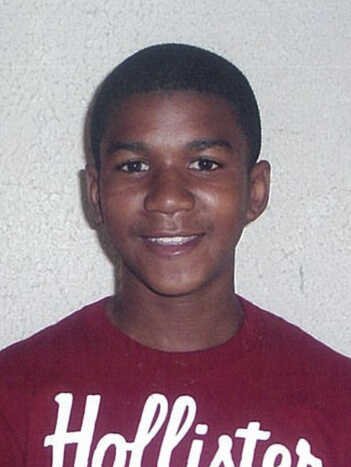On Drivers, Passengers, and Road Trips
When you're in a position where you have privilege, power, positionality, or some combination of the three, you are more than likely the driver—the driver of your destiny, your learning, your unlearning, and your personal development and growth, which means your privilege allows you to actively and passively drive things for others who aren't as centrally positioned. But one thing most people seem to neglect thinking about is that when you have so much power as the driver, you need to recognize that half the time, you think you should be driving but would be better off as a passenger.
Being a good passenger is equally as crucial as being a conscientious driver.
Evolving as a person is more about how you engage and absorb information, insights, and uncomfortable truths about yourself and the world around you than it is about being in control of everything. As a passenger, I've learned and unlearned many things. By being humble enough to let someone else take the wheel and giving them an equal share of my power, privilege, and positionality, I have grappled with my discomfort, ignorance, and the hurdles to my growth and development. And I honored those drivers in those moments by paying them back for their time and energy, amplifying their voices, and sharing my own time, energy, and resources to let them be passengers when they wanted to be. If we're all claiming to be on the same road and heading to the same destination, we should be taking shifts as the driver and passenger to give everyone on the trip the chance to be heard, seen, supported, elevated, and to rest, especially those with less privilege, power, and positionality.
That's one of the best road trips, y'all.
That's the road trip to liberation for all.




